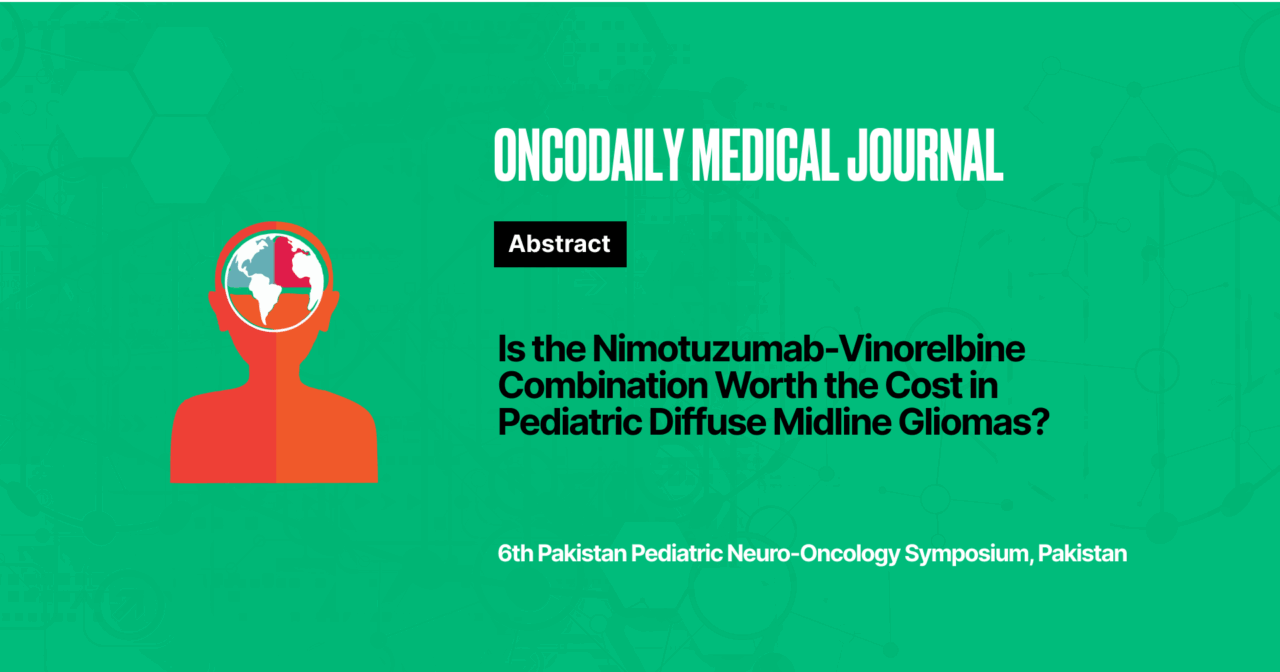Is the Nimotuzumab-Vinorelbine Combination Worth the Cost in Pediatric Diffuse Midline Gliomas?
Abstract
Introduction: Diffuse midline gliomas (DMGs) are rare, aggressive pediatric brain tumors with a median overall survival (OS) of less than 12 months. No chemotherapy regimen has yet shown a consistent survival benefit in this population.
Methodology: This retrospective study included pediatric patients diagnosed with DMG based on clinical, radiological, or histopathological criteria between October 2011 and February 2024 at Ankara City Hospital. Patients who received nimotuzumab (anti-EGFR antibody; 150 mg/m² IV weekly for 12 weeks, then biweekly until week 104) combined with vinorelbine as part of first-line therapy were analyzed. Treatment response was evaluated clinically and with MRI, and therapy was continued until progression. Outcomes and costs were compared to a separate cohort treated with post-radiotherapy temozolomide.
Results: Twenty patients (13 males, 7 females; median age 9.5 years, range 4–17) received nimotuzumab-vinorelbine. Fourteen had histopathological confirmation; six were diagnosed radiologically. H3K27M mutation was detected in 12 of 14 patients with available tissue. All patients underwent radiotherapy. Four patients progressed during radiotherapy and could not complete the 12-week induction. Among the 16 who received at least 12 weeks of treatment, 4 showed partial response, 4 had stable disease, and 8 experienced progression. Only one patient completed all 58 doses and remains alive and disease-free. Median OS was 9 months (range 2–54). At analysis, three patients were alive (1 with progressive disease, 1 with stable disease, and 1 disease-free).
In comparison, eight patients treated with temozolomide post-radiotherapy had a median OS of 13 months (range 9–36). The average monthly cost was 10,456 Turkish Lira (TL) for temozolomide and 119,640 TL for nimotuzumab-vinorelbine.
Conclusion: While the nimotuzumab-vinorelbine regimen was generally well-tolerated and achieved disease stabilization in some cases, it did not improve survival compared to temozolomide. Due to its significantly higher cost and lack of survival benefit, this combination does not appear to be a cost-effective treatment option for pediatric DMGs.
Conflict of Interest: None
Funding: None
Disclosure statement: None
License: This article is published under the terms of the Creative Commons Attribution 4.0 International License (CC BY 4.0).
©️ Selma Çakmakcı, 2025. This license permits unrestricted use, distribution, and reproduction in any medium, provided the original author and source are credited.





